Inside Cairo’s City of the Dead
Authorities planning to demolish historic graves in bid to ease traffic congestion
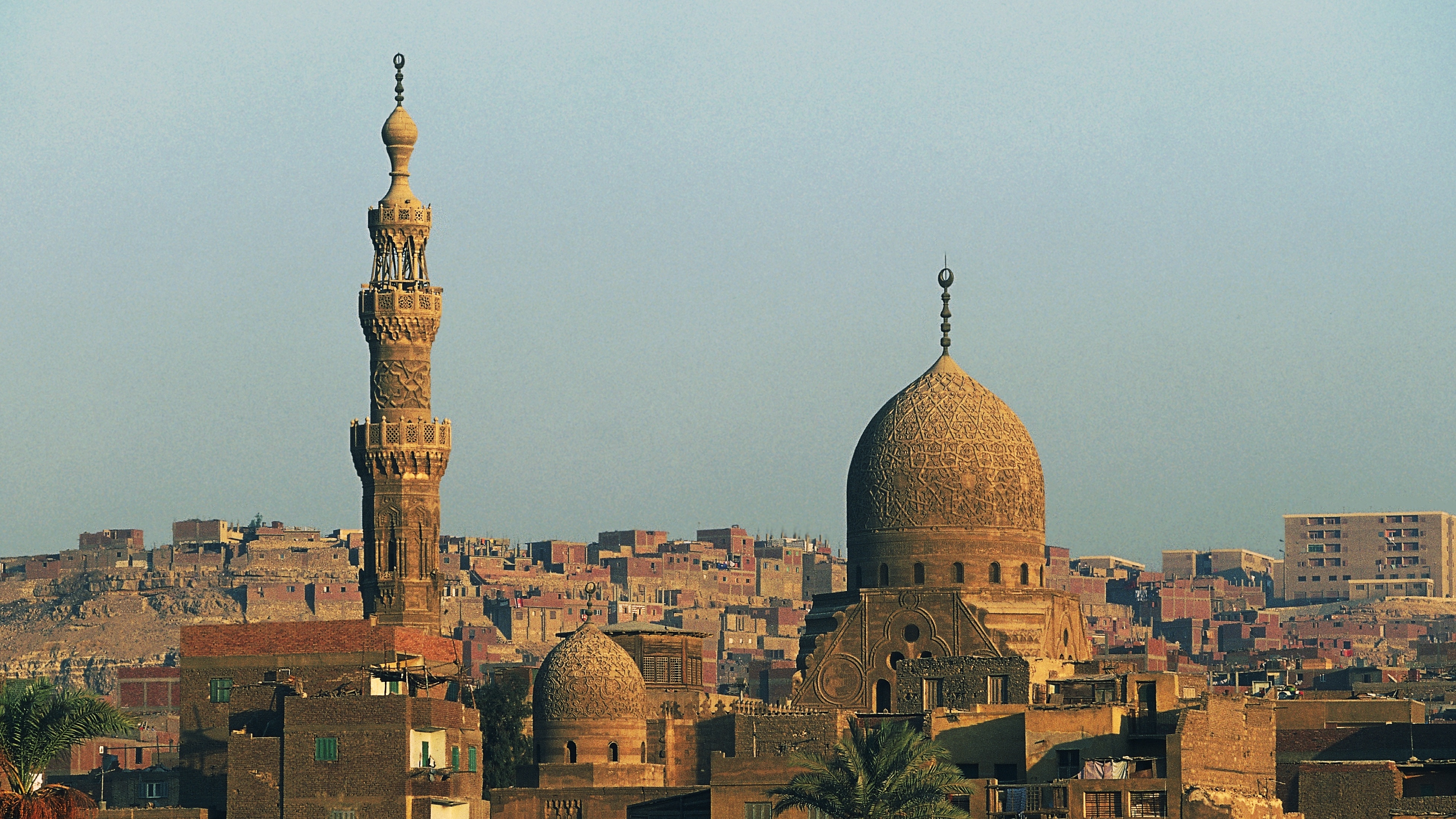
Cairo’s ancient City of the Dead is to be demolished under plans aimed at easing traffic jams in Egypt’s congested capital city.
Widely considered to be “one of the urban wonders of the world, and certainly among its most spectacular cemeteries”, said The Times, the vast burial site “sprawls across four square miles, its tombs ranging from the modest to the grandiose”.
“So spectacular and spacious is the cemetery that hundreds of thousands of locals choose to live there,” the paper added. But“ neither the quick nor the dead are to be spared” under government plans to demolish more than 2,000 tombs and build a ten-mile elevated motorway through the heart of el-Qarafa, the cemetery’s Arabic name.
The Week
Escape your echo chamber. Get the facts behind the news, plus analysis from multiple perspectives.

Sign up for The Week's Free Newsletters
From our morning news briefing to a weekly Good News Newsletter, get the best of The Week delivered directly to your inbox.
From our morning news briefing to a weekly Good News Newsletter, get the best of The Week delivered directly to your inbox.
‘Luxury homes, quick commutes’
In Cairo, where the total population is now nearing 22m, “every inch of sidewalk feels crowded”, said National Geographic. Cars drive “bumper-to-bumper, madly honking”, making the “idea of stillness seem alien”. But in the City of the Dead, the streets are “quiet”, “narrow” and “seem to wind forever”, the magazine continued.
No official figures are available on how many people live in the vast cemetery, which dates back 700 years. But the site is home to a “million or so tombs, each of which is a walled compound, some with buildings and fountains inside”.
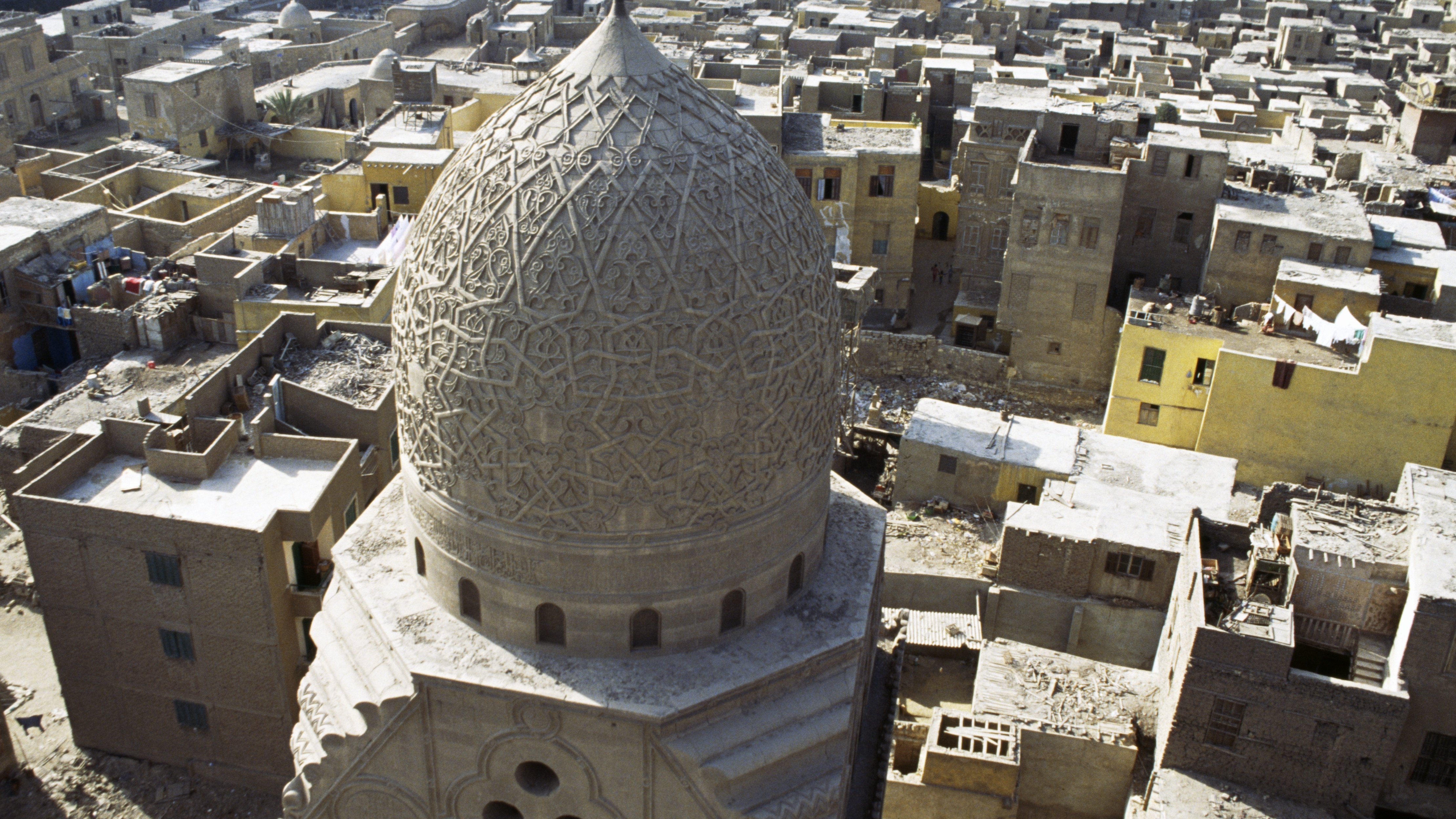
Yet despite its historical and architectural significance, Egypt’s general-turned-president, Abdel-Fattah al-Sisi, wants to “bulldoze” parts of the Unesco world heritage site to “make room” for the proposed motorway, The Economist reported.
With around two-thirds of Cairenes living in “shoddy informal housing”, few doubt that Cairo “needs an overhaul”, said the paper. But many fear that poorly paid workers will be “displaced” to pave the way for “quick commutes” for the city’s elites.
A free daily email with the biggest news stories of the day – and the best features from TheWeek.com
As well as threatening the homes of “hundreds of thousands of people”, said The Times, al-Sisi’s “ambitious plans to rebuild Cairo in his image” include bulldozing “the grandest area” of the site, a shrine to Imam al-Shafi’i, a scholar who founded one of the four schools of Islam.
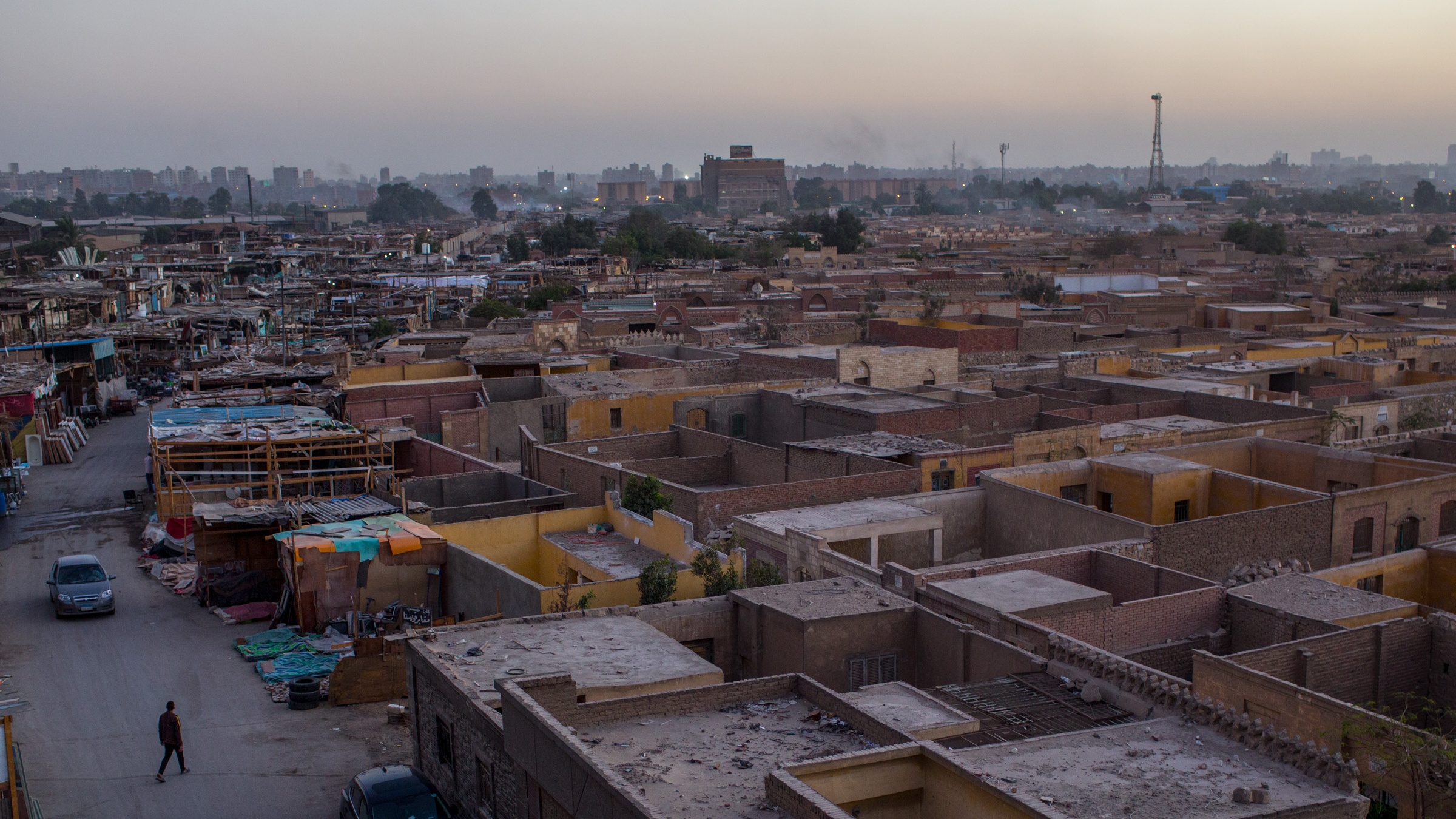
Hundreds of “individual plots” will also disappear, including the burial sites of “princes, writers and artists, as well as ministers like Adly Pasha Yakan”.
“Our entire family is buried here,” Wahid Mardenly, a businessman and member of an influential local family, told the Financial Times (FT). “These are people who served Egypt. My great-grandfather built the first port for agricultural produce on the Nile in Cairo. Everyone in my family feels broken by this.”
Preserving the past
Under al-Sisi’s watchful eye, Egypt is undergoing “a massive infrastructure drive”, the FT reported. His military government has “overseen a huge roster of projects that includes bridges, utilities, real estate – even a new capital”.
The Egyptian leader “hopes to reshape the country’s urban fabric”, said The Economic. But he is trying to achieve that goal “in a way that bespeaks a military man’s understanding of cities”.
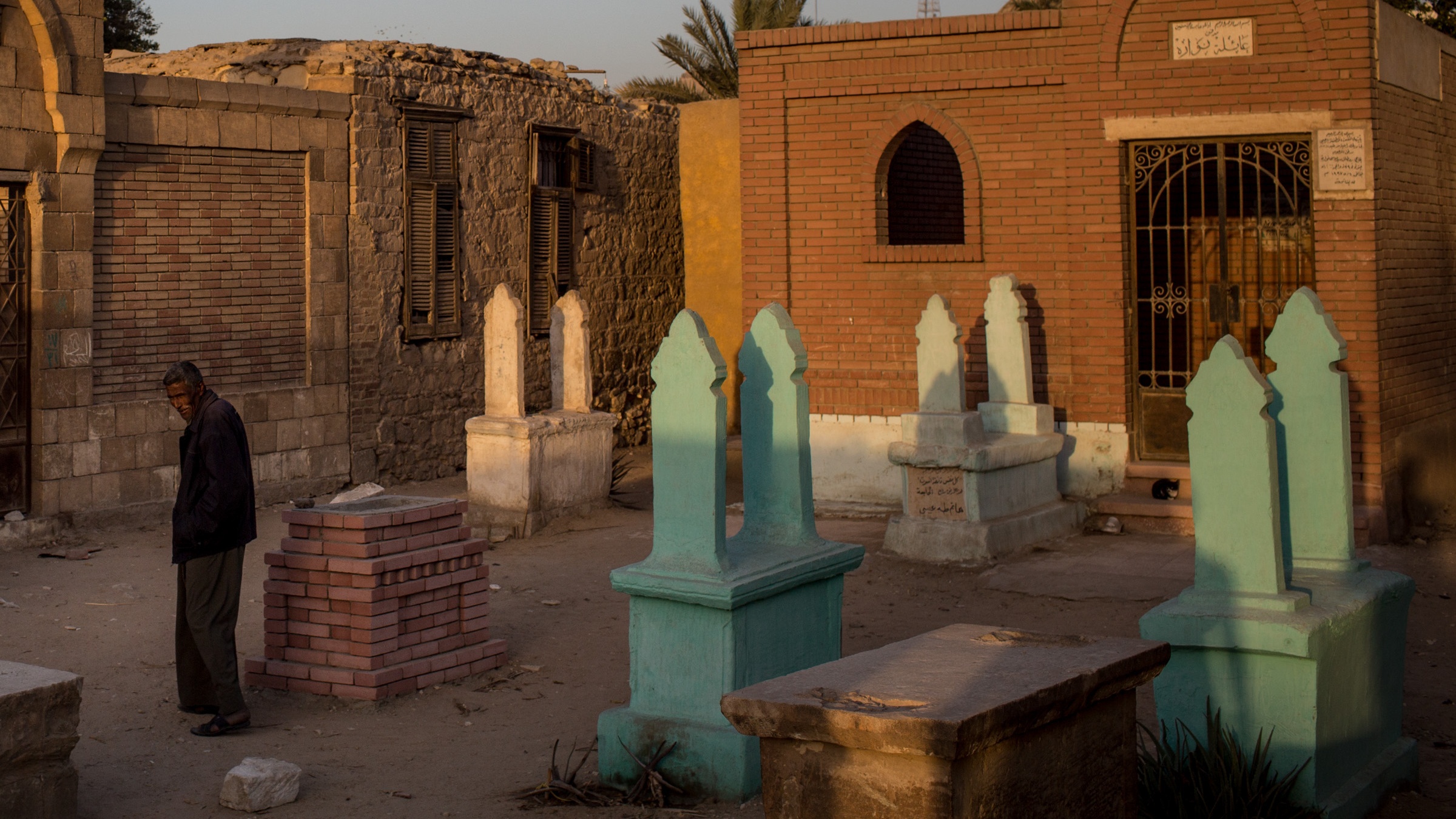
According to the paper, the president does not see cities “as messy, organic places where people live”, but rather as “orderly and functional spaces populated by like-minded, and mostly prosperous, groups”.
But the reality is that his plans threaten “not only a historical monument where Egyptians still visit their ancestors and bury the newly deceased”, said The New York Times, “but also a lively neighbourhood”.
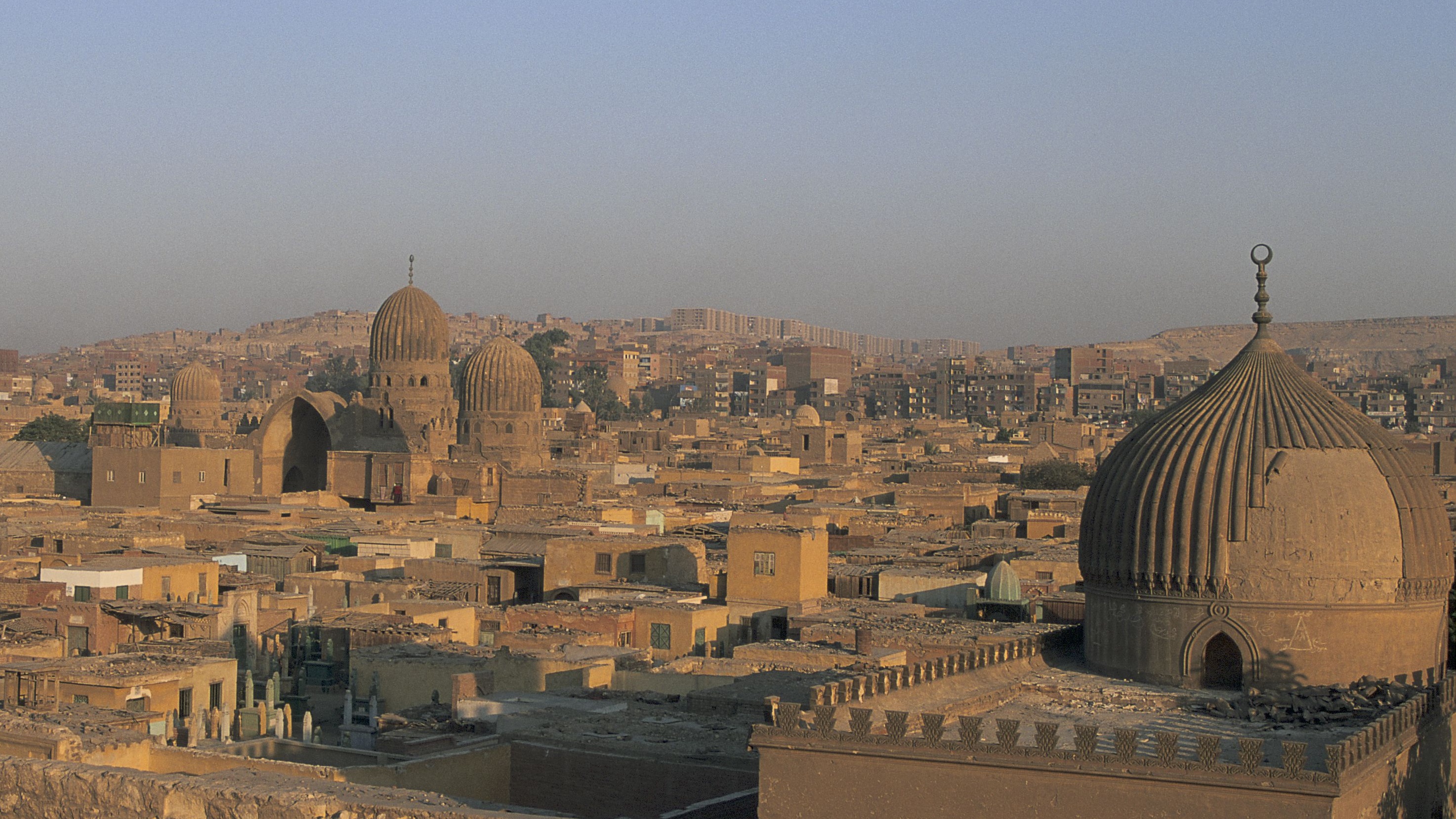
In the 1980s, Galila el-Kadi, “an architect who has studied the cemetery for decades”, estimated that the cemetery was home to “179,000 residents”, the paper added.
And destroying the tombs “has the added weight of severing emotional and social ties”, The National said.
“Losing this is losing a part of history,” said Dr Mostafa El Sadek, a physician and amateur historian who has documented the cemetery. “People think that the [cemetery] is an ugly place. No, it’s a place of beauty.”
-
 Bulgaria is the latest government to fall amid mass protests
Bulgaria is the latest government to fall amid mass protestsThe Explainer The country’s prime minister resigned as part of the fallout
-
 Femicide: Italy’s newest crime
Femicide: Italy’s newest crimeThe Explainer Landmark law to criminalise murder of a woman as an ‘act of hatred’ or ‘subjugation’ but critics say Italy is still deeply patriarchal
-
 Brazil’s Bolsonaro behind bars after appeals run out
Brazil’s Bolsonaro behind bars after appeals run outSpeed Read He will serve 27 years in prison
-
 Americans traveling abroad face renewed criticism in the Trump era
Americans traveling abroad face renewed criticism in the Trump eraThe Explainer Some of Trump’s behavior has Americans being questioned
-
 Nigeria confused by Trump invasion threat
Nigeria confused by Trump invasion threatSpeed Read Trump has claimed the country is persecuting Christians
-
 Sanae Takaichi: Japan’s Iron Lady set to be the country’s first woman prime minister
Sanae Takaichi: Japan’s Iron Lady set to be the country’s first woman prime ministerIn the Spotlight Takaichi is a member of Japan’s conservative, nationalist Liberal Democratic Party
-
 Russia is ‘helping China’ prepare for an invasion of Taiwan
Russia is ‘helping China’ prepare for an invasion of TaiwanIn the Spotlight Russia is reportedly allowing China access to military training
-
 Interpol arrests hundreds in Africa-wide sextortion crackdown
Interpol arrests hundreds in Africa-wide sextortion crackdownIN THE SPOTLIGHT A series of stings disrupts major cybercrime operations as law enforcement estimates millions in losses from schemes designed to prey on lonely users

